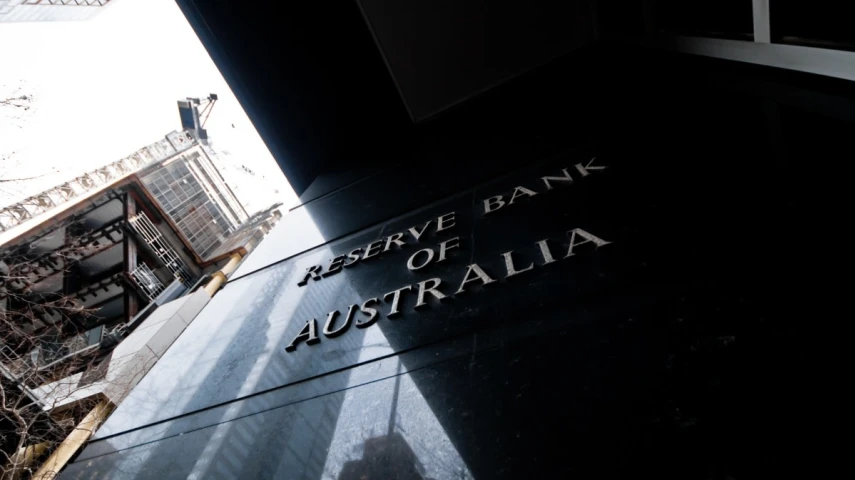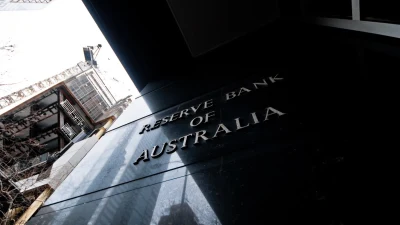Significant shake-up ahead for RBA



Already headlining as one the largest shake-ups in the Reserve Bank of Australia’s history, the central bank has welcomed the review’s sweeping overhaul.
The 294-page review, titled ‘An RBA fit for the future’, made 51 recommendations for the bank. The Albanese Government “agreed in-principle” with all recommendations, said Treasurer Jim Chalmers.
The Treasurer announced the RBA’s review in July 2022, with the key objective “to make the RBA the world’s best and most effective central bank into the future”.
“Our objective is to identify changes that strengthen Australia’s monetary policy framework and the central bank culture to support ongoing public confidence,” the report stated.
In a media briefing on 20 April, RBA governor Philip Lowe was largely supportive of the proposed recommendations and thanked the panel.
“It’s not often the central bank gets reviewed, so it’s important the job is done well and it’s done thoughtfully and the process is constructive. This is exactly what’s happened here. It's been a good process,” he commented.
The report identified four ways to reinforce the governance, monetary policy framework, culture and systems of the RBA.
This included:
- More clearly defining the monetary policy framework and regularly assessing for updates;
- Strengthening monetary policy decision making by drawing on more expertise to promote deeper contestability of ideas;
- Fostering a more open and dynamic system through new internal structures; and
- Solidifying the RBA’s corporate governance with new structures to better manage risk and drive change.
Two separate boards
Most notably, the review recommended the establishment of two separate boards, with one focusing solely on monetary policy and the other targeting governance.
This would see a greater capacity in the boards to challenge the governor, thus reducing the concentration of power relating to central bank decisions.
The dedicated Monetary Policy Board, set out in recommendation eight, would specialise on settling the cash rate and would retain the flexible inflation target of 2-3 per cent.
The newly created board would consist of the governor, deputy governor, Treasury secretary and six external members, with the governor as chair.
Moreover, the Governance Board would “be established to provide guidance and oversight for RBA management in the running of the organisation,” the report identified. It would have no role in deciding monetary policy.
The governor, chief operating officer and five external members would sit on the board, with an external member as chair.
The RBA was also recommended to appoint a chief operating officer in the formation of the board.
“The review heard examples where this concentration of decision-making power and limited independent oversight resulted in poorer institutional outcomes,” it noted.
Regarding the dual boards, Chalmers said: “One of the reasons why I support there being two boards rather than one is because the type of people that you want to help the governor come to a conclusive view on interest rates might not be exactly the same kind of people that you want to run the bank”.
Decrease in meeting frequency
Recommendation nine outlined that the Monetary Policy Board should decrease its meetings from 11 to eight times a year to enable more in-depth discussions.
It would allow “sufficient time between initial discussion of the issues and the final decision for members to reflect on the issues”, the report wrote.
Lowe said the board would consider the recommendation in coming meetings and would “publish a detailed response later this year”.
Two new board members
Additionally, Chalmers announced the appointment of two new members to the RBA board.
Iain Ross, former judge and Fair Work Commission president, and Elana Rubin, former AustralianSuper and Afterpay chair, would commence on 7 May and 31 August respectively.
Other changes
Recommendation four suggested the Government and RBA’s new Monetary Policy Board to instigate a formal review of the monetary policy framework every five years. Previously, this was conducted on a periodic basis as required.
“The Government should legislate changes to commence from 1 July 2024”, the report stated.
When asked on 20 April about his term ending in September, Lowe was open to either possibility.
“It’s entirely up to the government whether I continue to serve in this role after September. If I was asked to continue, I would, if I’m not asked to continue, I’ll find another way to contribute to Australian society,” he said.
The Review, which examined the RBA’s performance over the last 30 years, included Carolyn Wilkins, former senior deputy governor to the Bank of Canada, Renée Fry‑McKibbin, Australian National University economics professor and Dr Gordon de Brouwer, Australian economist.
Recommended for you
Financial Services Minister Stephen Jones has shared further details on the second tranche of the Delivering Better Financial Outcomes reforms including modernising best interests duty and reforming Statements of Advice.
The Federal Court has found a company director guilty of operating unregistered managed investment schemes and carrying on a financial services business without holding an AFSL.
The Governance Institute has said ASIC’s governance arrangements are no longer “fit for purpose” in a time when financial markets are quickly innovating and cyber crime becomes a threat.
Compliance professionals working in financial services are facing burnout risk as higher workloads, coupled with the ever-changing regulation, place notable strain on staff.
















...interesting,
Lowe holds rates close to zero for an eternity and allows Australia's biggest housing price blow out in history...and now he forces us into recession by raising rates at the fastest pace in history and lets the tax payer foot the bill and cop the brunt of the economic fallout! Didn't he say no interest rate rises until 2024/5???
I don't think our issue is FINFLUENCERS ladies and gentlemen!!!